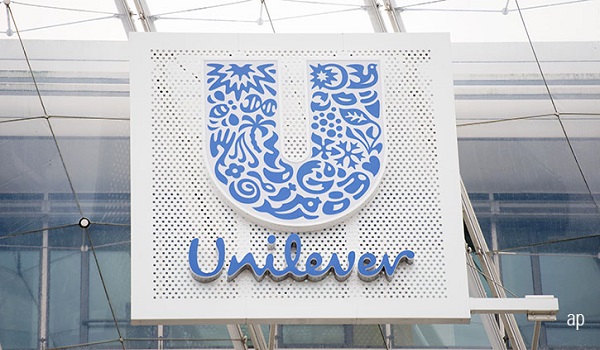Our ambition is to witness a larger movement in our industry: Unilever proposes to tackle the last-mile problem with ice cream by pooling reformulation patents.
As it seeks to lead the way in decreasing energy usage and carbon emissions from the final mile of the supply chain, the CPG behemoth is sharing 12 reformulation patents with the ice cream manufacturing sector. The last mile is the smallest segment of the supply chain and represents the last destination of commodities.
The final leg of the trip for ice cream is from the store freezer to the consumer. According to Unilever’s Climate Transition Action Plan, retail emissions, notably ice cream freezers, account for 10% of the company’s greenhouse gas footprint. The concept of preserving ice cream at higher temperatures has been a game changer for the corporation. Unilever conducted two pilots, one in Germany in 2022 and the other in Indonesia in 2023, to ‘explore and understand’ how ice cream held up in real-life situations at freezer temperatures of -12°C rather than the standard -18°C. “The first pilot in Germany has indicated an energy reduction of 24% per freezer cabinet,” a Unilever spokesperson told media.
A decrease in energy of nearly a quarter from something as easy as raising the freezer temperature by six degrees is important – it’s better for the environment and less expensive for the bottom line.
But is it really that ‘simple’ to do? According to Unilever, there are no hard and fast rules; it all depends on how the ice cream works when stored in warmer freezers, which is why testing is necessary. While a few degrees may not seem like much, small changes in storage conditions might cause stability concerns. “If the ice cream products aren’t stable at -12°C after being tested in their current form, we’ll look into reformulating them,” a Unilever spokeswoman said. “We do so by rebalancing the ingredients in the ice cream so that the ice content increases, which is a key driver for the firmness of an ice cream at serving temperature.”
“We will also need to ensure that the ice cream melts in a similar way – how quickly it melts, and how the ice cream coats the mouth. “We do a variety of testing to guarantee that we continue to provide the same amazing ice cream quality and eating experience.” The 12 patents cover a diverse variety of Unilever items, including coated ice creams, water ice, tiny cups, and ice creams on a stick.
All 12 applications were published on November 9, 2023, and are accessible on the World Intellectual Property Organisation website with the term ‘frozen confection’. Readers who want to take a closer look can do so by clicking on this link. To acquire access to the patents, firms must contact Unilever and request a non-exclusive license. When asked why the firm has decided to share its recipes with the rest of the ice cream industry.
According to a spokeswoman for Unilever, the company wants to influence a “bigger shift” in the industry. “Our long-term goal is to see a larger shift in our industry.” On this goal, we must collaborate with our colleagues, merchants, and governments,” they added. “This is why we are sharing the reformulation patents so that others with ice cream formulation experience can adapt their own formulations to be more resilient at warmer temperatures.” “Through collaboration, we believe we can reduce the environmental impact of the ice cream cold chain while continuing to provide high-quality products to our customers.” This is only the beginning of a long-term program.”


